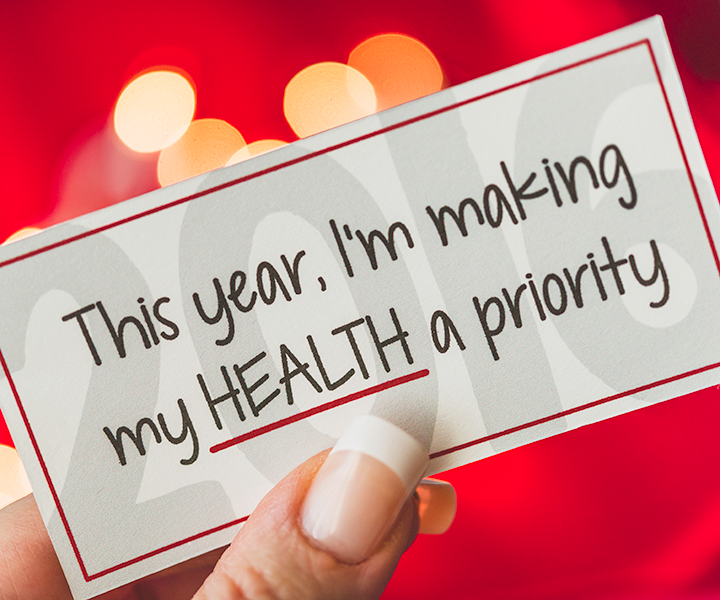Don’t fall off the fitness cliff: How to keep New Year’s resolutions

The New Year is the perfect time for a fresh start and to establish new behaviors. That’s why so many people make New Year’s resolutions.
But why do so many resolutions fail?
Researchers examining the success rates of resolutions have discovered the first two weeks usually are marked with great success. But by February, people are regressing. And by the following December, most people are back where they started, often even worse off.
Why do so many people unable to keep their resolutions? Are they just lazy?
Subscribe to our newsletter
It's quick and easy. You could be one of the 13 million people who are eligible.
Already a member? Click to discover our 15,000+ participating locations.
Follow Us
The most common reasons fitness resolutions fail
- Setting unrealistic goals: Goals shouldn’t leave you feeling too deprived or frustrated.
- Doing too much too soon: There is no quick fix for the perfect body.
- People don’t enjoy the process: If you don’t enjoy it, you won’t do it. Plain and simple.
- No accountability: Creating new habits takes discipline, and it can take time to develop this type of will-power.
- Weight loss is happening too slowly: Experts agree healthy weight loss is 1-2 pounds per week. Achieving true fitness is not a sprint, it’s a marathon. It takes time and dedication.
- People fail to track their progress: How are you supposed to know how well you are doing if you aren’t using accurate and measurable data?
How to make New Year’s resolutions work
- Set realistic, specific goals. Losing weight is not a specific goal. Losing 10 pounds in 90 days is. Try making SMART goals. SMART stands for Specific, Measurable, Action Oriented, Realistic, Time Bound. This is the most important step because it is the fuel that will keep you motivated when times get tough or you are tempted to quit. Remember to keep your eye on the prize!
- Take small steps. If you haven’t gone to a gym in five years, you don’t want to start out by benching 200 pounds on your first day. Everybody wants to see results, but it must be done gradually. Start by planning your workouts for the first week. Continue to do this every week, increasing the intensity so you stay challenged but safe.
- Have fun! It’s important to find something you enjoy doing — whether it’s skiing, riding a bike, playing tennis or practicing yoga. The key is to find something that provides you with health benefits and pleasure. This way you will be consistent with your program, and it will have positive effects on your mind and body.
- Have an accountability buddy. It is important to let friends and family know what your goals are in order to help keep you on the right path. It is all too easy to get coerced into skipping a workout to go to the movies or ditching your healthy lunch for a burger with some friends.
- Celebrate your success between milestones. You don’t have to wait until you reach your final goal; enjoy the journey!
- Track progress. Choose how you want to evaluate your results; whether it be by weight, body fat, or improvement in the activities you’re doing. Keep a daily journal of your diet and exercise, and track your progress each week. You’ll be amazed at how inspiring small improvements can be.
Instead of making unattainable resolutions, try to make simple lifestyle changes that will actually stick. You’ll find small changes will make a big impact over time. Be strong, smile and make it a great year.





